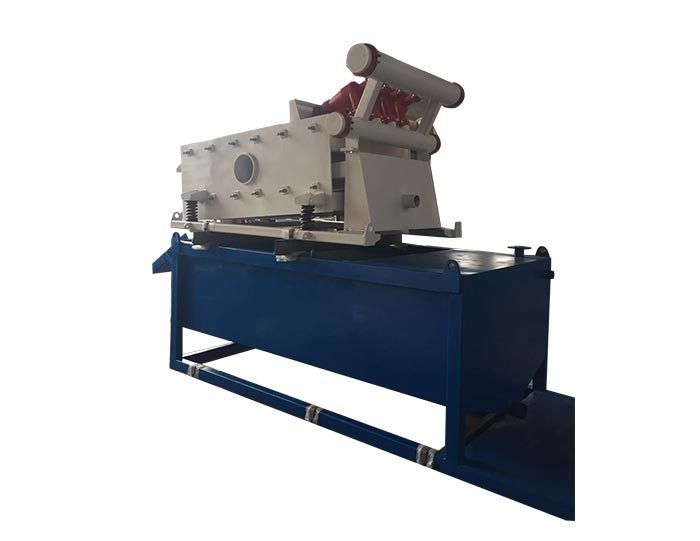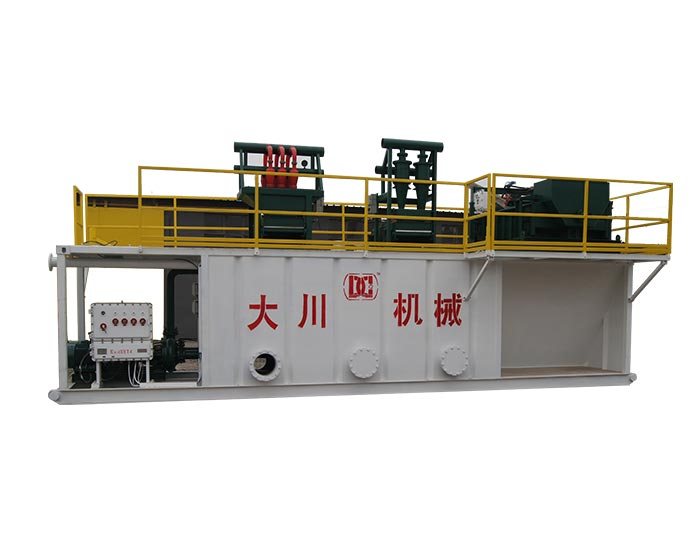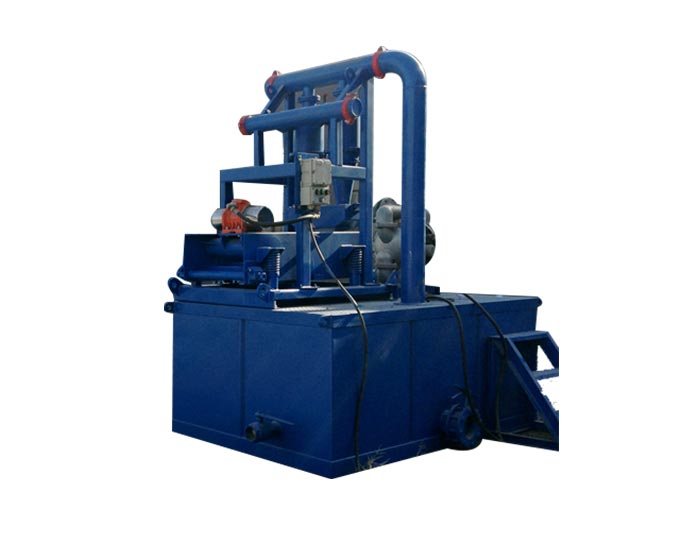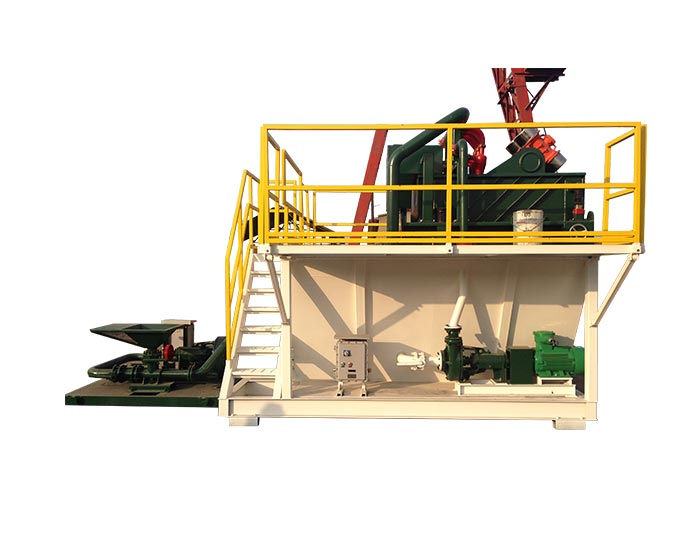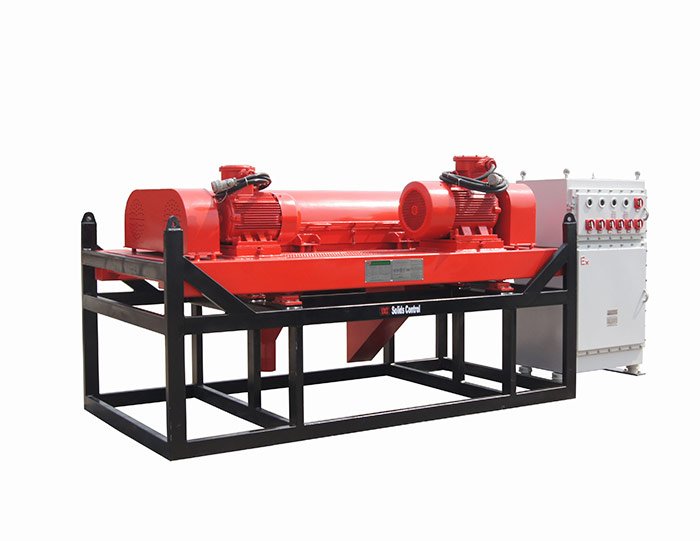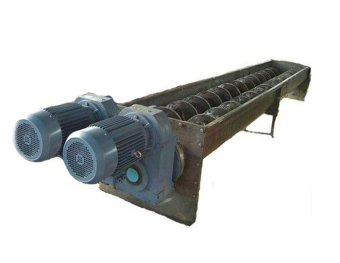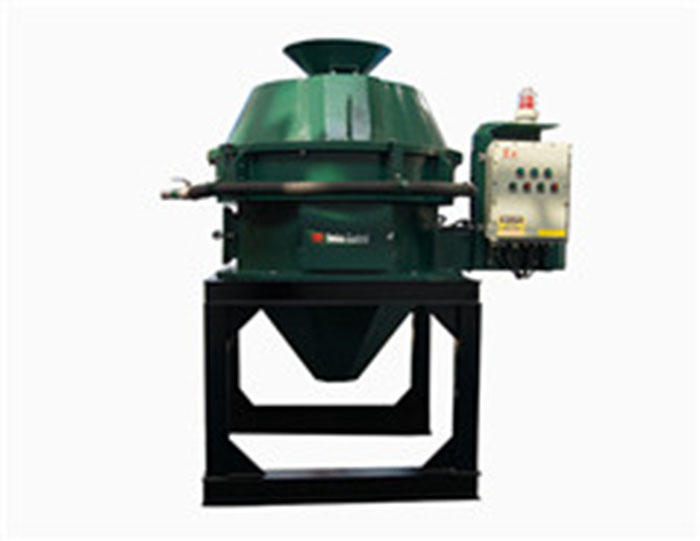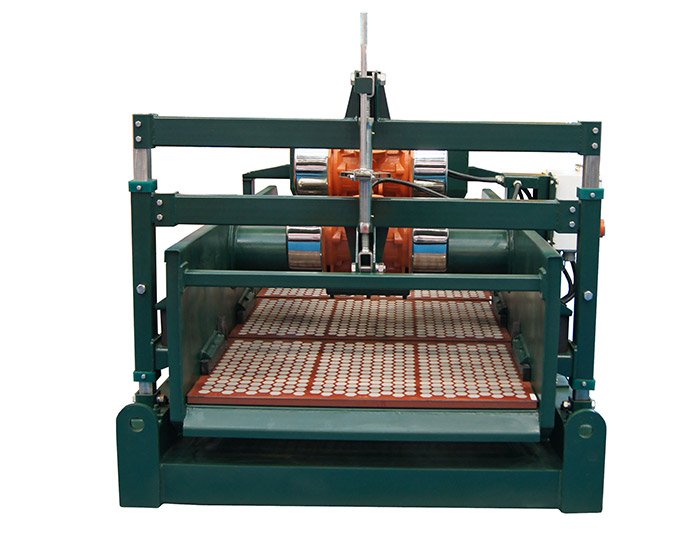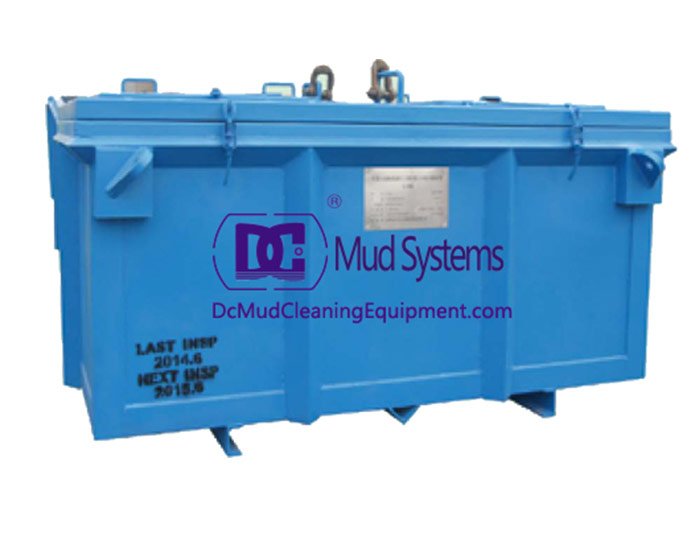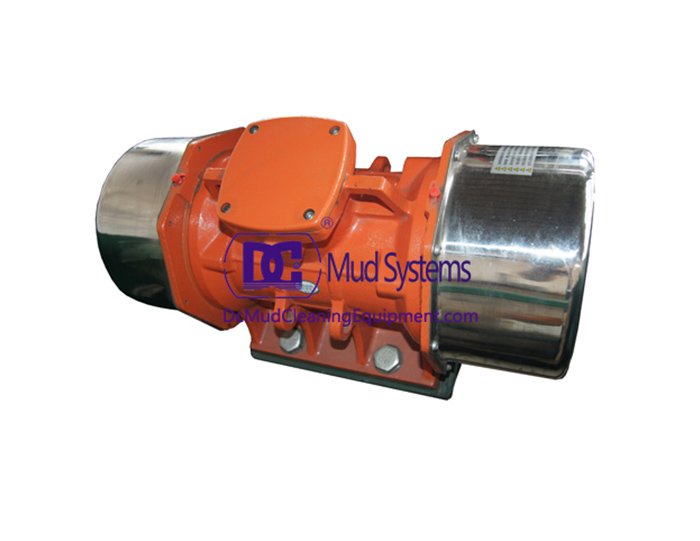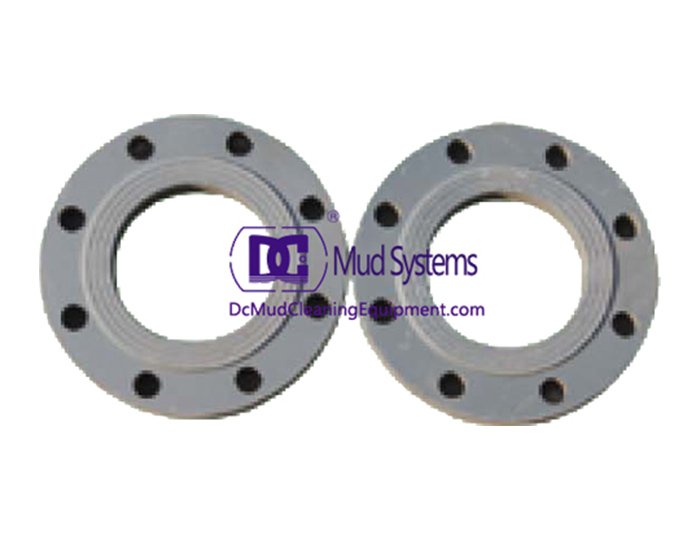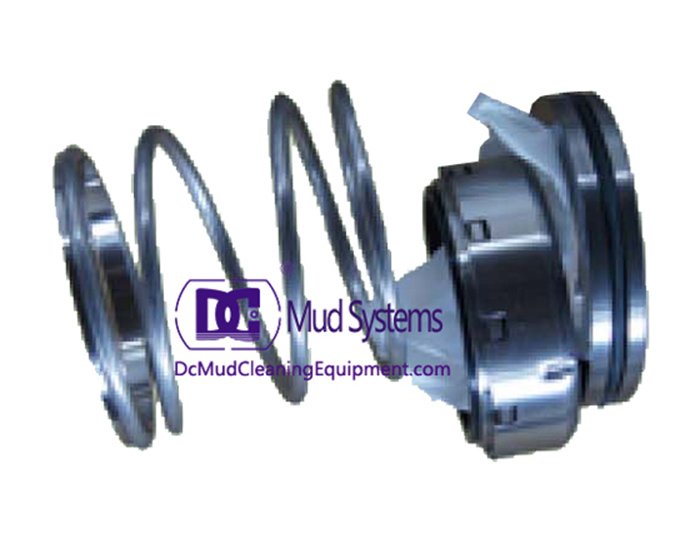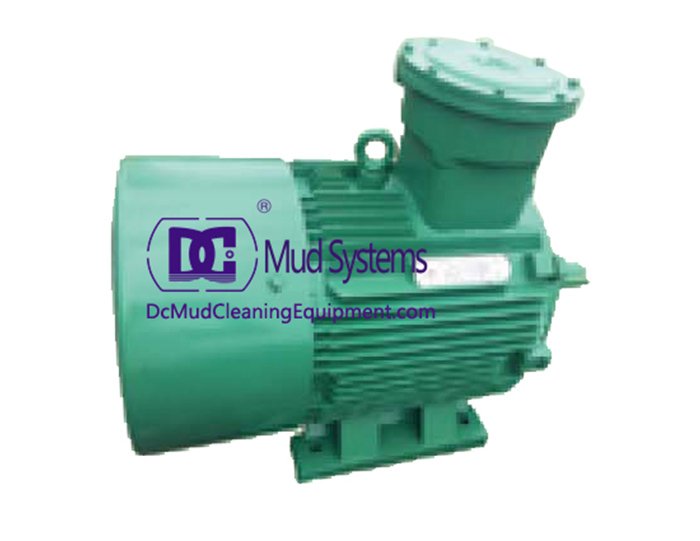Understanding the Cyclone Desander An Essential Tool in Water Treatment
In the realm of water treatment and sediment removal, the cyclone desander plays a pivotal role. With the increasing demands for clean water across various industries, understanding how a cyclone desander operates, its benefits, and applications is crucial for environmental engineers, industrial operators, and everyone concerned with water quality.
What is a Cyclone Desander?
A cyclone desander is a mechanical device designed to separate solid particles from liquids in a highly efficient manner. Using the principles of centrifugal force, this device creates a swirling motion within a cylindrical chamber, which effectively separates heavier particles, such as sand and silt, from the water or other fluids. The primary function of a cyclone desander is to remove these contaminants to prevent equipment wear and maintain the efficiency of various processes, especially in industries such as oil and gas, mining, and wastewater treatment.
How Does It Work?
The operation of a cyclone desander is based on simple yet effective principles. When water containing sediment enters the cyclone through a tangential inlet, it is forced to spin rapidly within the conical chamber. This rotation creates a powerful centrifugal force that pushes heavier particles outward to the walls of the cyclone.
As a result, the denser particles are separated from the fluid and settle at the bottom of the cyclone, while the cleaner water flows upwards towards the outlet. This process significantly reduces the amount of sediment in the water, allowing for cleaner discharge or further treatment processes. The design of the cyclone can be tailored to optimize efficiency based on the specific characteristics of the liquid and the types of particles being removed.
Applications of Cyclone Desanders
cyclone desander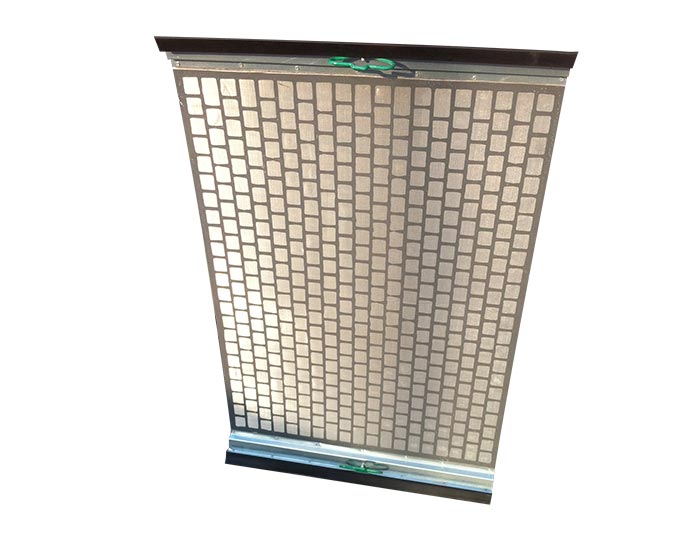
Cyclone desanders are widely utilized across various industries. In the oil and gas sector, they are instrumental in separating sand and other sediments from produced water, safeguarding pumps, and preventing pipeline blockages. In mining operations, these devices help manage sediment in process water, ensuring that valuable resources are efficiently extracted while minimizing environmental impact.
In the construction and landscaping fields, cyclone desanders are used to treat runoff water, effectively removing sediments that could clog drainage systems or harm aquatic ecosystems. Furthermore, in wastewater treatment plants, they assist in the pre-treatment phase, enhancing the overall quality of effluent before it undergoes further purification.
Benefits of Using Cyclone Desanders
One of the primary advantages of cyclone desanders is their ability to operate without moving parts, which minimizes maintenance requirements. Their robust design allows them to handle large volumes of water and effectively separate particles of various sizes, making them versatile tools in various settings. Additionally, their efficiency in particle separation leads to improved water quality, reducing the need for further treatment processes and saving costs in the long run.
Another notable benefit is the environmental aspect. By effectively removing sediments, cyclone desanders contribute to cleaner water bodies, helping to protect aquatic life and maintain natural water cycles.
Conclusion
In conclusion, the cyclone desander is a vital component in water treatment and sediment removal processes. Its efficient operation, ability to handle diverse applications, and environmental benefits make it an indispensable tool in various industries. As the demand for clean water continues to rise, the importance of devices like the cyclone desander cannot be overstated. Understanding and utilizing such technologies will be key to ensuring sustainable water management and protecting our vital water resources for future generations.
 Linear Motion Shale Shaker In Drilling Rig
Linear Motion Shale Shaker In Drilling Rig 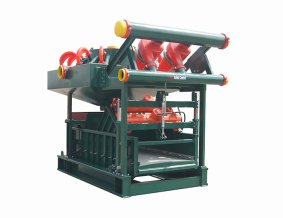 Oilfield Mud Cleaner
Oilfield Mud Cleaner 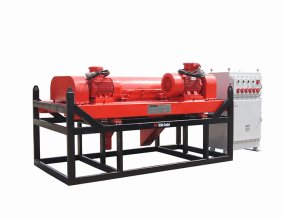 Drilling Fluid Decanter Centrifuge
Drilling Fluid Decanter Centrifuge Drilling Mud Desander
Hydrocyclone Desilter
Centrifugal Pump/Centrifugal Mud Pump
Shear Pump
Jet Mud Mixer
Horizontal Mud Agitator
Constant Pressure Drilling Fluid Mud Gas Separator
Mud Gun
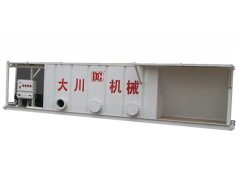 Mud Tank
Mud Tank Solids Control System Vacuum Degasser
 Flare Ignition Device
Flare Ignition Device  Diesel Tank
Diesel Tank  Submersible Slurry Pump
Submersible Slurry Pump 



